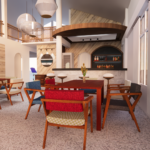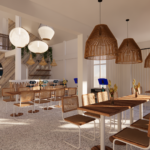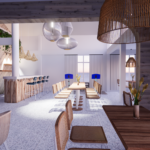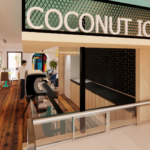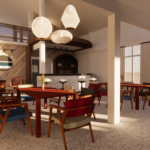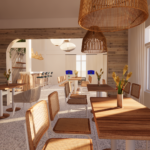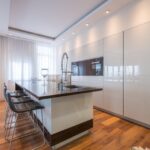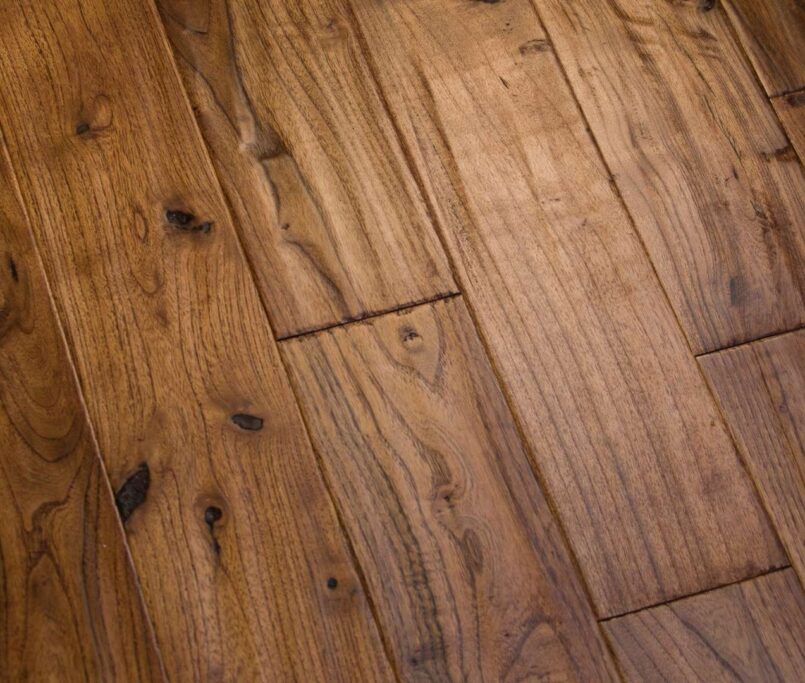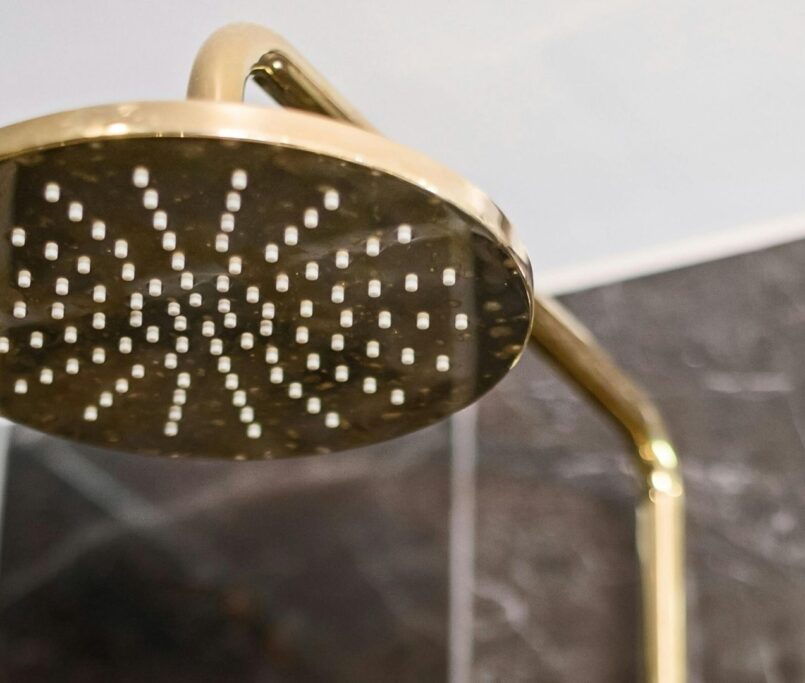PVC Wall Panels in Tropical Villas: Practical or Problematic?
PVC wall panels have gained popularity in tropical homes, particularly in regions like Phuket where humidity, salt air, and termites quickly expose the weaknesses of conventional materials. But despite their practicality, PVC panels come with trade-offs in texture, durability, and environmental impact that are worth considering, especially in high-end or long-term residential builds.
How PVC Performs in Tropical Conditions
Unlike gypsum board, which softens or crumbles in persistent humidity, or low-grade MDF, which swells and warps, PVC wall panels are inherently resistant to moisture and biological damage. This makes them particularly useful in areas like bathrooms, kitchens, laundries, or utility rooms. They also perform well in rental properties that may sit unoccupied for weeks or months at a time.
However, they are not the only option. High-Pressure Laminates (HPL), bonded to marine ply or fibre cement board, offer greater surface resilience, better impact resistance, and a more premium finish, though at a higher cost and with more demanding installation requirements.
Fibre cement board, meanwhile, is well suited to tropical builds that prioritise fire safety or robustness. It resists pests and moisture well, but it must be painted or clad, and poor installation can lead to surface cracking over time.
PVC panels are lightweight, easy to install, and come pre-finished. But they lack the tactile quality, weight, and lifespan of more traditional building materials.
Appearance and Maintenance
PVC’s biggest selling point is ease of maintenance. There’s no grout to scrub, and surfaces wipe clean with minimal effort. This gives it a clear edge in high-use or wet areas, or in staff quarters and short-term rental villas where quick turnover and durability matter more than detailing.
Visually, PVC panels aim to mimic more expensive surfaces like wood, stone, or concrete, but the realism varies. Up close, many patterns feel artificial or overly repetitive. For main living areas or bedrooms, where clients expect visual warmth, texture, and acoustic comfort, these limitations are more obvious.
Design Tip: Use silicone joints, not plastic trim, for cleaner lines and better water resistance. It’s a simple detail that elevates the result, particularly in bathrooms or wet zones.
Environmental and Health Considerations
PVC is derived from petrochemicals and is recyclable only through specialised channels. Off-gassing is a concern, especially in sealed air-conditioned rooms, so opt for low-VOC certified products where possible.
By comparison, HPL and fibre cement require more embodied energy to manufacture but are more inert once installed. In Phuket, where materials often need to be shipped in, supply chain reliability and shipping lead times can sometimes influence decisions more than sustainability credentials.
Where PVC Panels Make Sense
PVC wall panels are not luxury finishes, but they have their place. In back-of-house zones, secondary bathrooms, or rental properties where budget and ease of maintenance drive the brief, PVC can be a practical solution. Choose panels at least 8mm thick for durability, and install on a stable, moisture-resistant substrate to maximise lifespan.
In premium residential zones however, living rooms, master bedrooms, or home offices, the limitations become more apparent. Texture, acoustic absorption, and authentic finishes matter more in these spaces, and HPL, hardwood cladding, or even polished cement render may be better aligned with the design intent.
Is PVC Right for Your Build in Phuket?
Material selection is always context-specific. If your priority is speed, cost control, and resilience in a tough environment, PVC panels can be a smart move in the right locations. But for areas where people spend the most time, materials that age well, feel better to the touch, and elevate the architecture should take priority.
For advice on interior finishes that stand up to Phuket’s unique climate, explore our blog or contact us directly. You’ll also find real-world insights and behind-the-scenes advice on Nay’s YouTube channel, where we cover the fine details that make tropical homes work better.

